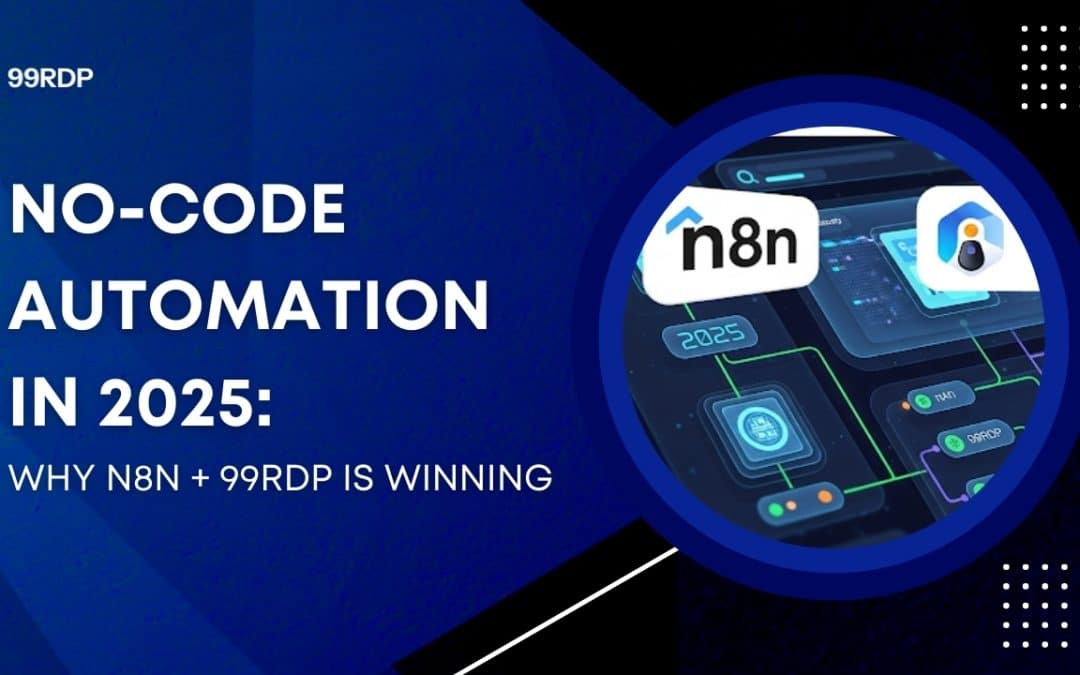
Identity verification is a crucial aspect of secure payment processing in today’s digital world. With the increasing prevalence of online transactions, businesses need to ensure that they are dealing with legitimate customers while also protecting sensitive financial information. In this article, we will explore why identity verification is necessary, the methods available, challenges faced, best practices, benefits, implementation strategies, and future trends in identity verification.
Why is Identity Verification Necessary?
Protecting against Fraud:
One of the primary reasons for identity verification is to safeguard against fraudulent activities. Cybercriminals are constantly devising new methods to exploit vulnerabilities in payment systems. By confirming the identity of users, businesses can significantly reduce the risk of unauthorized transactions and prevent financial losses.
Meeting Regulatory Requirements:
Many industries are subject to strict regulatory requirements concerning identity verification. Financial institutions, in particular, must comply with Know Your Customer (KYC) and Anti-Money Laundering (AML) regulations. Failure to do so can result in severe legal consequences and financial penalties.
Building Trust with Customers:
Identity verification also plays a crucial role in building trust with customers. When users see that a company takes their security seriously, they are more likely to feel confident in making transactions and providing personal information. Trust is a valuable asset in the world of online commerce.
Methods of Identity Verification:
There are several methods available for identity verification, each with its own strengths and weaknesses:
Document Verification:
Document verification involves checking official documents such as passports, driver’s licenses, or utility bills to confirm a person’s identity. While this method is reliable, it can be time-consuming and may require manual verification.
Biometric Authentication:
Biometric authentication relies on unique physical or behavioral traits like fingerprints, facial recognition, or voice recognition. This method is highly secure and user-friendly, making it increasingly popular.
Knowledge-Based Verification:
Knowledge-based verification involves asking users personal questions based on information only they should know, such as past addresses or family members’ names. However, this method is susceptible to fraud if attackers have access to personal data.
Challenges in Identity Verification:
Balancing Security and User Experience:
Striking the right balance between robust security measures and a smooth user experience can be challenging. Overly complex identity verification processes can frustrate customers, leading to cart abandonment or user dropout.
Handling False Positives and Negatives:
Identity verification systems may generate false positives, incorrectly flagging legitimate users as fraudulent, or false negatives, failing to detect actual fraud. Striking a balance is crucial to prevent genuine customers from being inconvenienced.
Privacy Concerns:
Collecting and storing sensitive personal data for identity verification purposes raises privacy concerns. Businesses must ensure that user data is protected and used only for its intended purpose, complying with data protection regulations.
Best Practices for Secure Identity Verification
Multi-Factor Authentication:
Implementing multi-factor authentication (MFA) provides an additional layer of security. MFA combines two or more verification methods, such as something the user knows (password), something the user has (smartphone), and something the user is (fingerprint).
Real-Time Verification:
Real-time verification is essential for preventing fraud. It allows businesses to assess the validity of transactions as they occur, immediately flagging suspicious activities.
Also Read: How to Fix “iptables not found” Error in Linux
User-Friendly Interfaces:
Creating user-friendly verification processes is crucial to maintain a positive customer experience. Businesses should aim to make identity verification as seamless as possible while still ensuring security.
Benefits of Secure Identity Verification:
Secure identity verification significantly reduces the risk of fraud, saving businesses from financial losses and reputational damage.
Enhancing Customer Trust:
Customers are more likely to trust businesses that prioritize their security. Building trust can lead to increased sales and long-term customer relationships.
Meeting Compliance Requirements
Complying with regulatory requirements not only avoids legal issues but also demonstrates a commitment to ethical business practices.
Implementing Identity Verification:
Choosing the Right Solution:
Selecting the appropriate identity verification solution depends on factors such as industry, transaction volume, and customer base. Businesses should carefully evaluate their options.
Integrating with Existing Systems:
Integration with existing payment systems and platforms is essential for a seamless user experience. Compatibility and ease of integration should be a priority.
Training Staff:
Properly training staff members who handle identity verification is crucial to ensure the accuracy and efficiency of the process. Well-trained employees can identify and respond to suspicious activities effectively.
Case Studies:
Let’s explore a few examples of businesses that have successfully implemented identity verification solutions to enhance their payment processing security.
Future Trends in Identity Verification:
The field of identity verification is constantly evolving. Here are some trends to watch for in the future:
AI and Machine Learning Advancements:
AI and machine learning technologies are becoming more sophisticated in detecting fraudulent activities, making identity verification even more robust.
Decentralized Identity Solutions:
Decentralized identity solutions, often based on blockchain technology, offer users greater control over their personal information while still providing secure verification.
Also Read : Transferring Data from Windows Server to Windows PC Using WinSCP
Continuous Authentication:
Continuous authentication, which monitors user behavior throughout a session, offers an added layer of security, reducing the risk of unauthorized access.
Conclusion
Identity verification is an essential component of secure payment processing, protecting businesses and customers alike. By implementing best practices, leveraging advanced technologies, and staying informed about industry trends, businesses can enhance their payment security while providing a seamless user experience.



